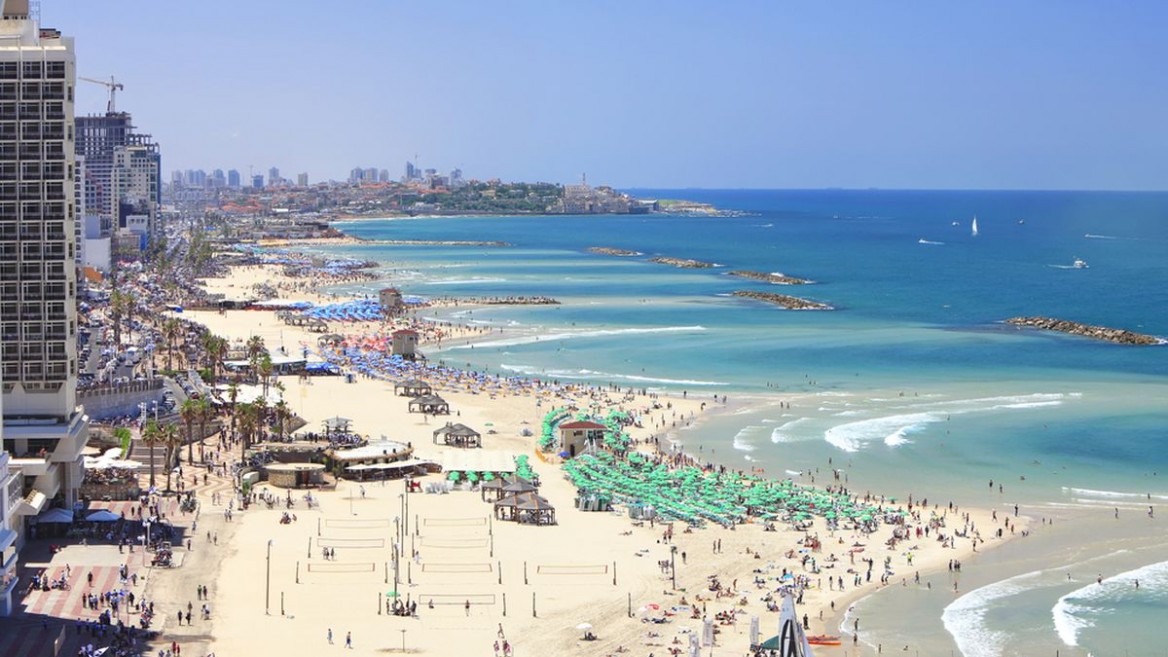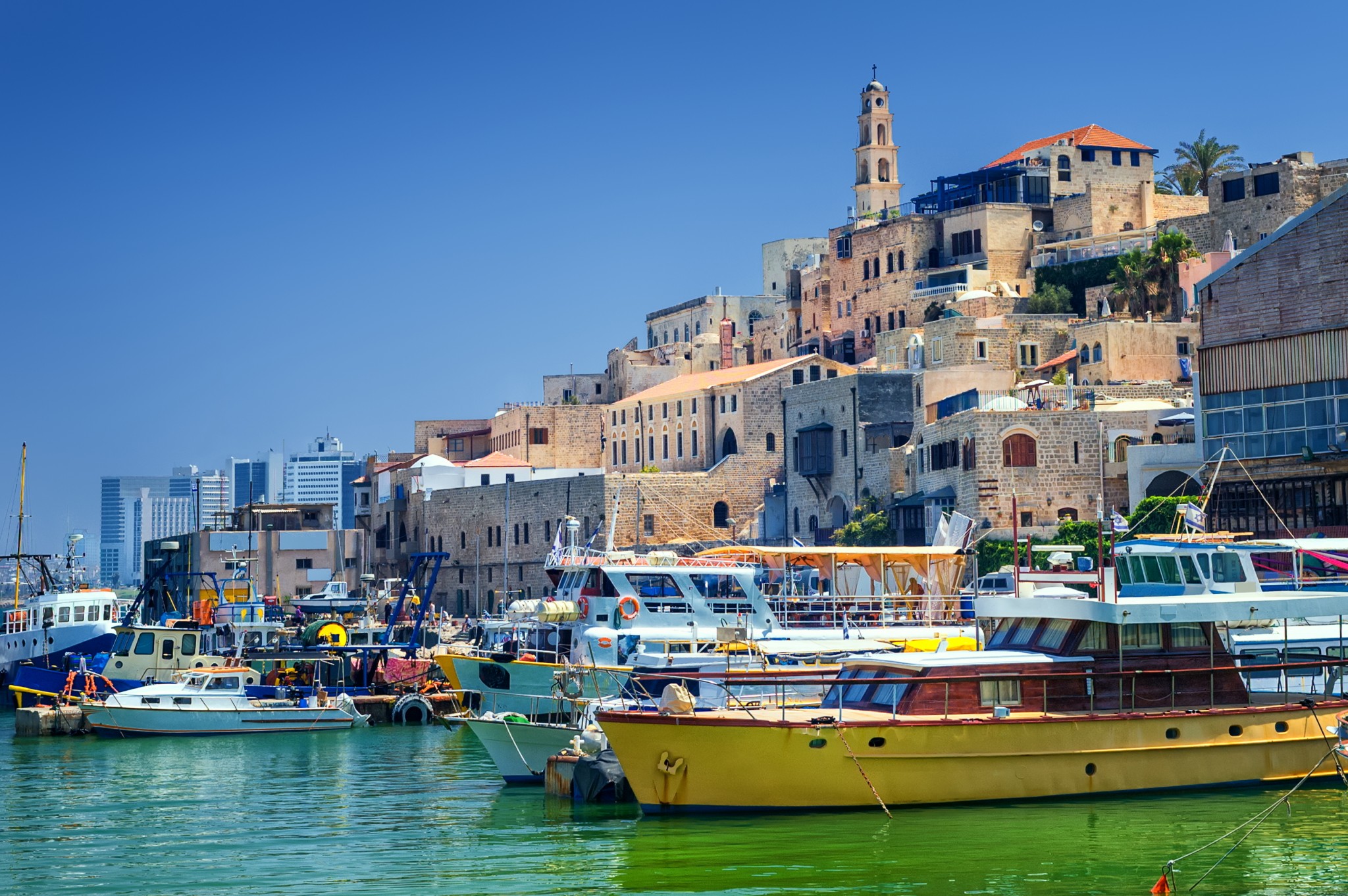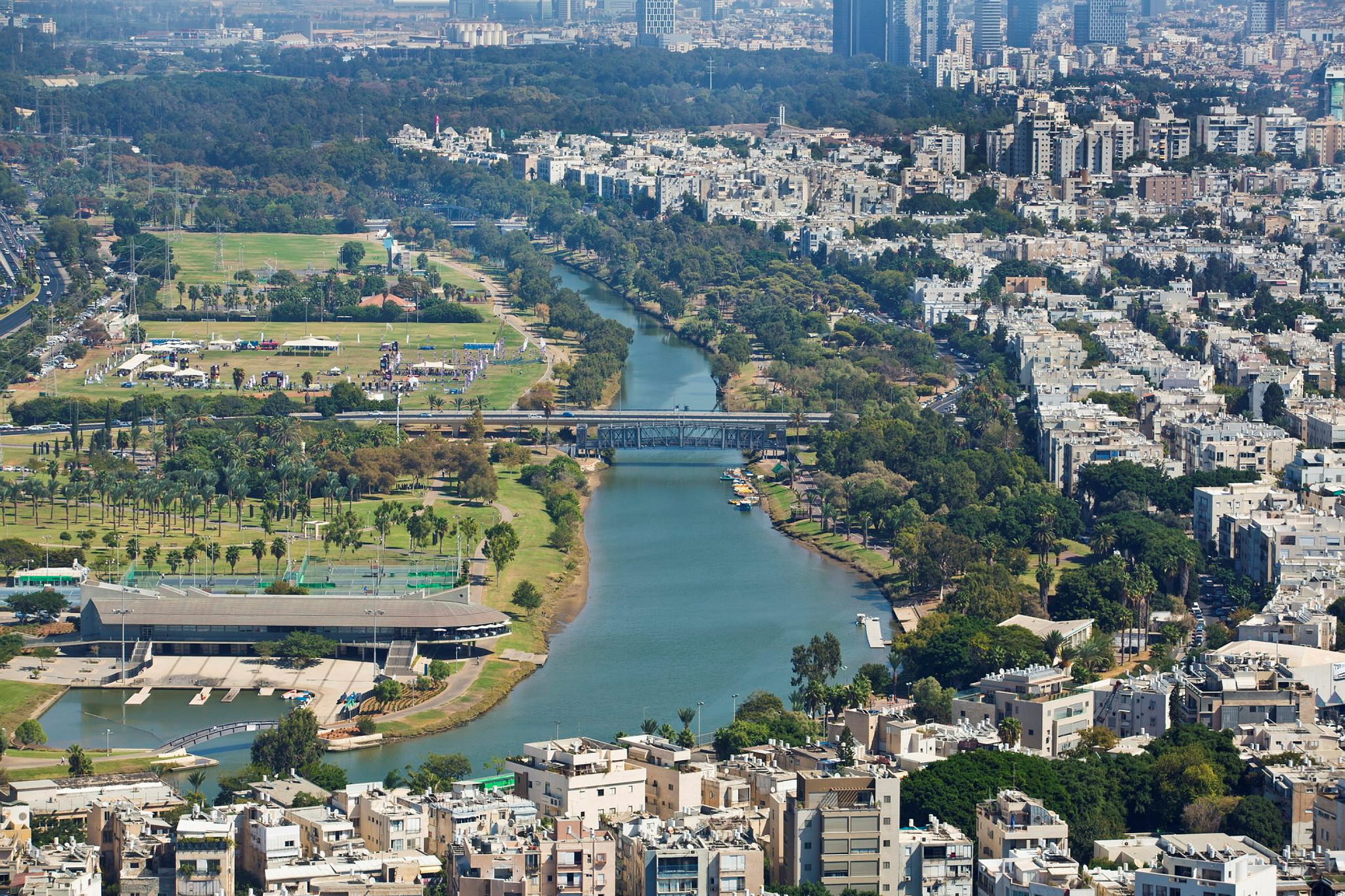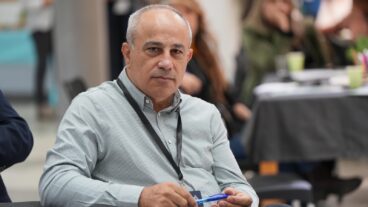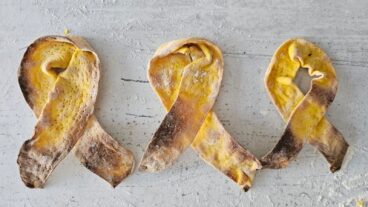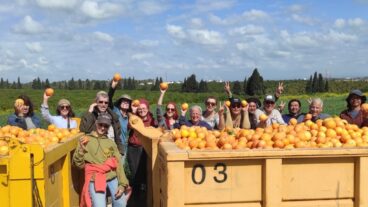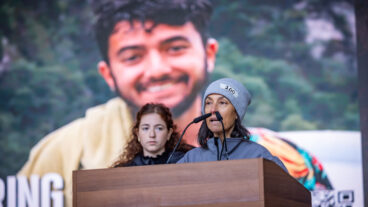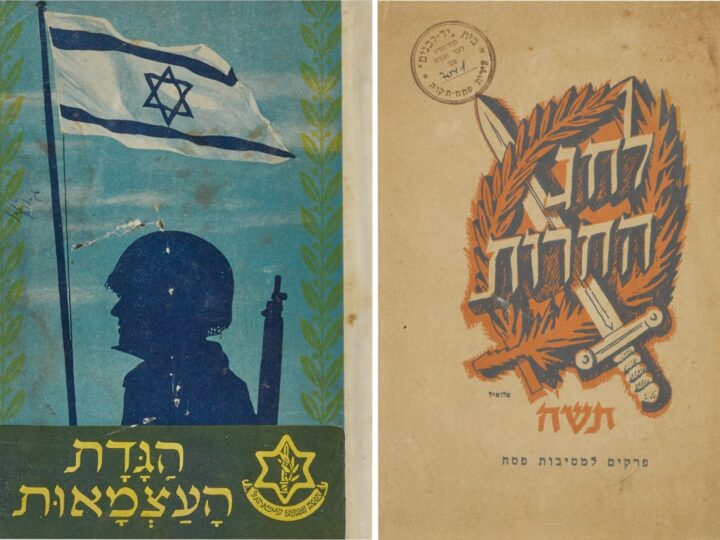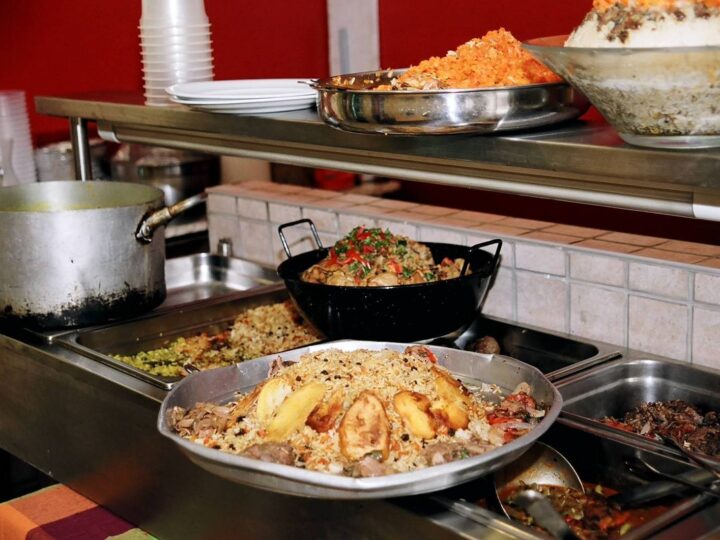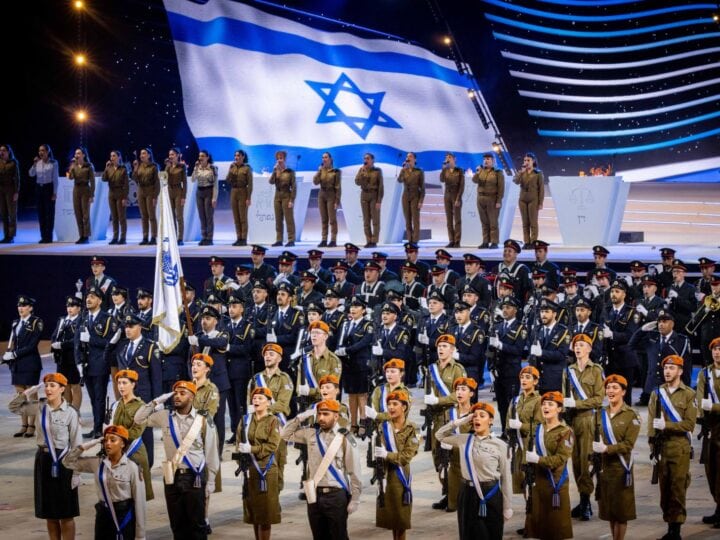The municipality of Tel Aviv-Yafo (Jaffa) is nicknamed “The Non-Stop City” but its world-famous nightlife scene is just one of the many facets of this diamond of a city – Israel’s second-largest in population after Jerusalem.
Also known as The Big Orange, this 20-square-mile seaside city boasts multiple foreign embassies, museums and cultural centers, including the Tel Aviv Museum of Art, Beit Hatfutsot-Museum of the Jewish People, Tel Aviv Performing Arts Center, Habima National Theater, Cameri Theater, Suzanne Dellal Center for Dance and Theater and many others.
You’ll need more than a day to soak up everything Tel Aviv has to offer. Fortunately the city has about 10,000 hotel rooms, with global chains such as Sheraton, Hilton, Carlton and Intercontinental as well as a fast-growing boutique hotel sector.
We suggest you start by staking a spot in the sand.
It’s not for nothing that National Geographic recently named Tel Aviv-Yafo one of the world’s top 10 oceanfront cities — though technically the city’s 14 kilometers (nearly nine miles) of 13 official beaches face the Mediterranean Sea rather than the ocean. From May through mid-October, lifeguards are on duty and you can rent beach chairs and umbrellas, windsurfers, surfboards, sailboats, motorboats and diving equipment.
Dolphinarium Beach is best known for its drumming circles, Capoeira dancers and windsurfers; Gordon and Aviv beaches are great for volleyball; surfing is tops at Hilton Beach, which is also the city’s most gay-friendly beach and the only one with a section for dogs. Nordau Beach has separate-swimming hours (females on Sunday, Tuesday and Thursday; males on Monday, Wednesday and Friday; Saturdays mixed). Four beaches are wheelchair-accessible (Hilton, Tzuk, Northern Tzuk, Metzitzim) and you will find matkot players on every beach.
2. Walk, jog, bike or Segway the seaside promenade
The bustling Tel Aviv-Jaffa Promenade (Tayelet) is a series of boardwalks extending along the beach between the Jaffa Port in the south to Tel Baruch Beach, north of the Tel Aviv Port. This is your best opportunity for people-watching and snapping selfies against the incomparable backdrop of sea, sand and Mediterranean sunsets. Cafés and restaurants dot the central part of the promenade along Herbert Samuel Street, and there are plenty of benches where you can stop and sit along the way.
If you’d like to do this on wheels, rent a green bike at any of the city’s Tel-O-Fun stations (₪17 on weekdays or ₪23 on Saturdays and holidays) or sign up for a Segway beachfront tour if you’re at least 16 years old.
3. See where it all began at Independence Hall, 16 Rothschild Boulevard
On May 14, 1948, David Ben Gurion read Israel’s Declaration of Independence in this building, which has been preserved to look exactly like it did on that day. Take a guided tour to find out all about the dramatic founding of the state of Israel.
4. Find out why Tel Aviv is called the White City
Independence Hall isn’t the only notable structure on Rothschild. The tree-lined boulevard — beginning in picturesque, upscale Neve Tzedek and running north to Habima Square — is one of the city’s trendiest streets and the heart of its financial district. This is in no small part due to Rothschild’s share of some 4,000 1920s-1930s Bauhaus-style buildings whose white exteriors gave Tel Aviv the nickname “White City” and a UNESCO World Heritage Site designation in 2003.

Guided walking tours (in English and other languages) focusing on Bauhaus architecture are given every Friday morning at 10, beginning at the Bauhaus Center on 99 Dizengoff Street (₪60); every Saturday morning at 11 beginning at 46 Rothschild Boulevard at Shadal Street (free); and every Tuesday night at 8 beginning at the corner of Rothschild Boulevard and Hertzl Street (free). The latter two tours are sponsored by the municipality.
Part of the Tel Aviv municipality since 1950, the 5,000-year-old port city of Jaffa (Yafo) is where warriors, pilgrims, traders and tourists have historically entered the Holy Land bearing goods, ideas, fashion and stories. The tales of Jaffa are presented in a multimedia way at the Old Jaffa Visitors’ Center built on the ruins of a Roman-era Jewish house in Kedumim Square; there’s an archeological exhibition underneath.
The visitors’ center is a good place to start your tour of Jaffa, which should also include the world-famous Jaffa Flea Market and Jaffa Port, as well as ancient houses of worship, art galleries, the Wishing Bridge and the Zodiac Fountain. Take the center’s self-guided audio tour or the municipality’s free guided walking tour on Wednesdays at 10am, starting at the iconic Jaffa Clock Tower built in 1901, at the intersection of Marzuk and Azar streets.
6. Get acculturated at the Eretz Israel Museum, 2 Haim Levanon Street
This multidisciplinary museum is made up of pavilions spread over a vast green campus. You can choose to explore archaeology, Judaica, ethnography, history and culture of the Land of Israel, and traditional arts and crafts, including a Glass Pavilion. You can also visit the state-of-the-art planetarium and take advantage of seasonal cultural events and youth activities.
7. Treat your taste buds at Sarona Market, 3 Kalman Magen St.
The recently opened Sarona Market complex, Israel’s largest indoor culinary marketplace, comprises 8,700 square meters filled with 91 shops, kiosks and restaurants, most open seven days a week. You’ll find imported delicacies as well as Israeli fruits and vegetables from Emek Hefer and the Arava, lamb and veal from the Golan Heights, fresh fish from the Mediterranean Sea, local wines and boutique beers, spices, chocolates and handmade pastries.
It’s also worthwhile to explore the (not as fancy) outdoor markets for which Tel Aviv is famous, including Shuk HaCarmel, Shuk HaNamal (Port Market), Shuk Levinsky and Shuk Hatikva.
8. Commune with nature-in-the-city at Yarkon Park (Ganei Yehoshua)
This spectacular urban oasis stretches for hundreds of acres along the Yarkon River and includes myriad activities and attractions including its own huge water park, a 45-foot climbing wall, hot-air balloon ride, basketball and rollerblading courts, playgrounds and trampolines, bike trails and bridges. Rent a paddle boat or a two-wheeler, tandem or family bike. Enjoy wildlife in the bird sanctuary and petting zoo.
Yarkon’s 10-acre Rock Garden, one of the largest of its kind in the world, also contains 3,500 species of plants, including some six acres of cacti; the five-acre Tropical Garden features a wooden walkway shaded by towering palm trees around a little lake; and Seven Mills has restored historic flour mills on a stream where ducks and other waterfowl abound.
9. Hatahana: The New Station leisure and entertainment compound, HaMered and Kaufman streets
At the southern end of Neve Tzedek is the Jaffa train station, built in 1892 as part of the first railway line between Jaffa and Jerusalem. From the end of World War I to the eve of the War of Independence in 1948, the line was operated by Palestine Railways. The scrupulously restored Templer-style building is the centerpiece of the popular leisure and entertainment complex opened here in 2010. Through 2015, Hatahana is featuring the 3D 100-year history show “Virtual Time Travel Trailer” in carriage 24.
The parking is shared by the Israel Defense Forces History Museum, one of four military museums across Tel Aviv that you can access with one admission ticket.
10. Get a handcrafted treasure at Nahalat Binyamin
Every Tuesday and Friday from 10 till sundown, crafters display their wares on umbrella-shaded tables along Nahalat Binyamin Street. The Nahalat Binyamin Arts & Crafts Fair was inaugurated by the city in 1987 and is now Israel’s largest such fair, with more than 200 artists selected by a public committee. Browse the handcrafted jewelry, ceramics, toys, lampshades, clocks, paintings and Judaica while being entertained by roving performance artists of all kinds.




